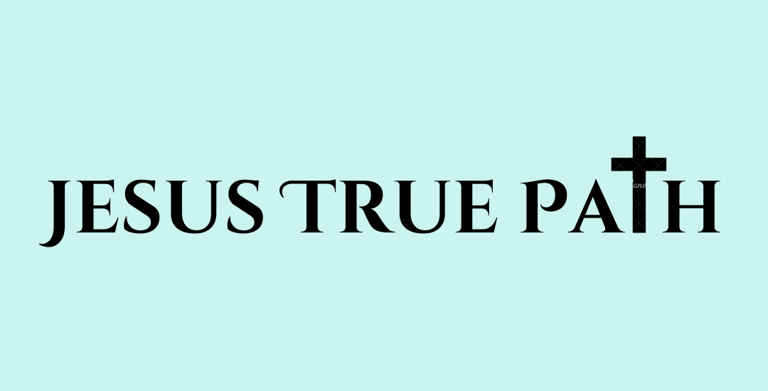Who Is the Beast?
Learn about the identity of the Beast in Scripture, its characteristics, connection to worldly powers, the significance of the mark, and the ultimate hope for believers amid challenges as revealed in the Book of Revelation.


Introduction
In the pages of the Bible, particularly in the Book of Revelation, there is a mysterious figure referred to as "the Beast." This term sparks curiosity, confusion, and concern among many believers and scholars alike. Who is this Beast mentioned in scripture, and what does it mean for us today? Understanding the identity and role of the Beast helps us grasp the broader messages of the Bible. This article aims to provide insights into the Beast's characteristics, its association with worldly powers, the mark it imposes, its ultimate defeat, and the hope believers have despite such trials.
Characteristics of the Beast
The Beast, as described in Revelation 13:1-10, has various traits that reveal its nature. John, the author of Revelation, describes the Beast as having ten horns and seven heads, with names of blasphemy written on them. These figures symbolize power and authority, representing kingdoms that oppose God. The Beast seeks to gain control and demands worship from the people. Its primary characteristic is its opposition to God and His followers, leading them away from the truth of the Gospel. Understanding these characteristics is important, as they help us recognize forces that challenge our faith in today’s world.
The Beast and Worldly Powers
The Beast is often seen as a symbol of earthly powers that rise in opposition to God's Kingdom. Throughout history, many rulers and empires have represented aspects of the Beast, seeking dominance and often promoting injustice and oppression. Revelation 13:7 states, "And it was given unto him to make war with the saints, and to overcome them." This verse indicates that the Beast wields power over those who believe. However, it is essential to note that the Beast's authority is limited, as it ultimately serves God's purpose, even in its opposition. Understanding the connection between the Beast and worldly powers warns us to remain vigilant in our faith as we confront similar challenges today.


Source: Google Image
The Mark of the Beast
A critical element associated with the Beast is the infamous "mark of the Beast," mentioned in Revelation 13:16-17: "And he causeth all, both small and great, rich and poor, free and bond, to receive a mark in their right hand, or in their foreheads." This mark represents loyalty to the Beast and signifies a rejection of God. Many interpretations suggest that the mark serves as a way to control commerce and allegiance in a world dominated by the Beast's influence. Believers are warned against accepting this mark, as it leads to spiritual condemnation. The significance of this mark highlights the importance of choosing faith in God over allegiance to worldly powers.
The Ultimate Defeat of the Beast
Despite the power and authority of the Beast, scripture assures us that its reign will come to an end. Revelation 19:20 reveals that the Beast will be captured and thrown into the lake of fire. This ultimate defeat signifies the triumph of God over evil and reassures believers of victory. The defeat of the Beast reminds us that no matter how powerful forces appear, God is in control. By studying these scriptures, Christians can find peace in the promise of God's justice and the hope of eternal life, knowing that the final victory belongs to Him.
Hope for Believers
While the concept of the Beast can be daunting, it also underscores an essential theme of hope for believers. Revelation 14:12 encourages the saints, stating, "Here is the patience of the saints: here are they that keep the commandments of God, and the faith of Jesus." This call to perseverance reminds us that God’s grace and strength will sustain us during trials. In the face of adversity, believers are encouraged to remain faithful to God’s word and to trust in His ultimate victory. The presence of the Beast in Revelation serves as a backdrop for the triumph of faith and eternal life, inspiring believers to hold on to hope amid challenges.
Conclusion
The question "Who is the Beast?" leads us to consider both historical and spiritual contexts found in the Book of Revelation. The Beast symbolizes opposition to God's plans, often manifesting through worldly powers and systems. With its mark, it challenges believers to choose allegiance wisely. Yet, scripture assures us that despite the Beast's influence, God remains sovereign and victorious. Through faith and perseverance, we can resist the temptations and pressures of the world, holding onto hope in God’s ultimate promise. Understanding the identity and purpose of the Beast not only equips believers to navigate their faith journey but also strengthens their resolve amid earthly challenges.
Frequently asked questions
What hope is there for believers concerning the Beast?
Believers can find hope in God's ultimate victory over the Beast and the promise of eternal life.
What does Revelation 19:20 say about the Beast?
It states that the Beast will be captured and thrown into the lake of fire, indicating its ultimate defeat.
What is the mark of the Beast?
The mark of the Beast is a sign of loyalty to the Beast, representing a rejection of God and is mentioned in Revelation 13:16-17.
What are some characteristics of the Beast?
The Beast has ten horns, seven heads, and names of blasphemy, symbolizing power and authority against God.
What is referred to as "the Beast" in the Bible?
The Beast is a mysterious figure mentioned in the Book of Revelation that symbolizes opposition to God.
How does the Beast relate to worldly powers?
The Beast represents earthly powers that oppose God's Kingdom and promote injustice and oppression.
